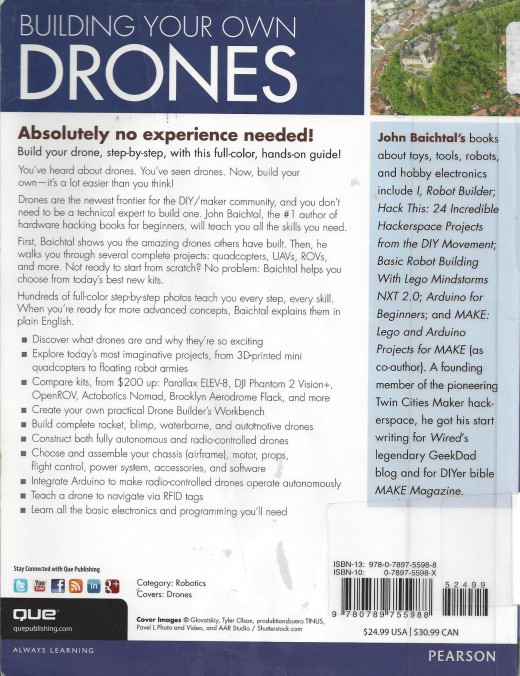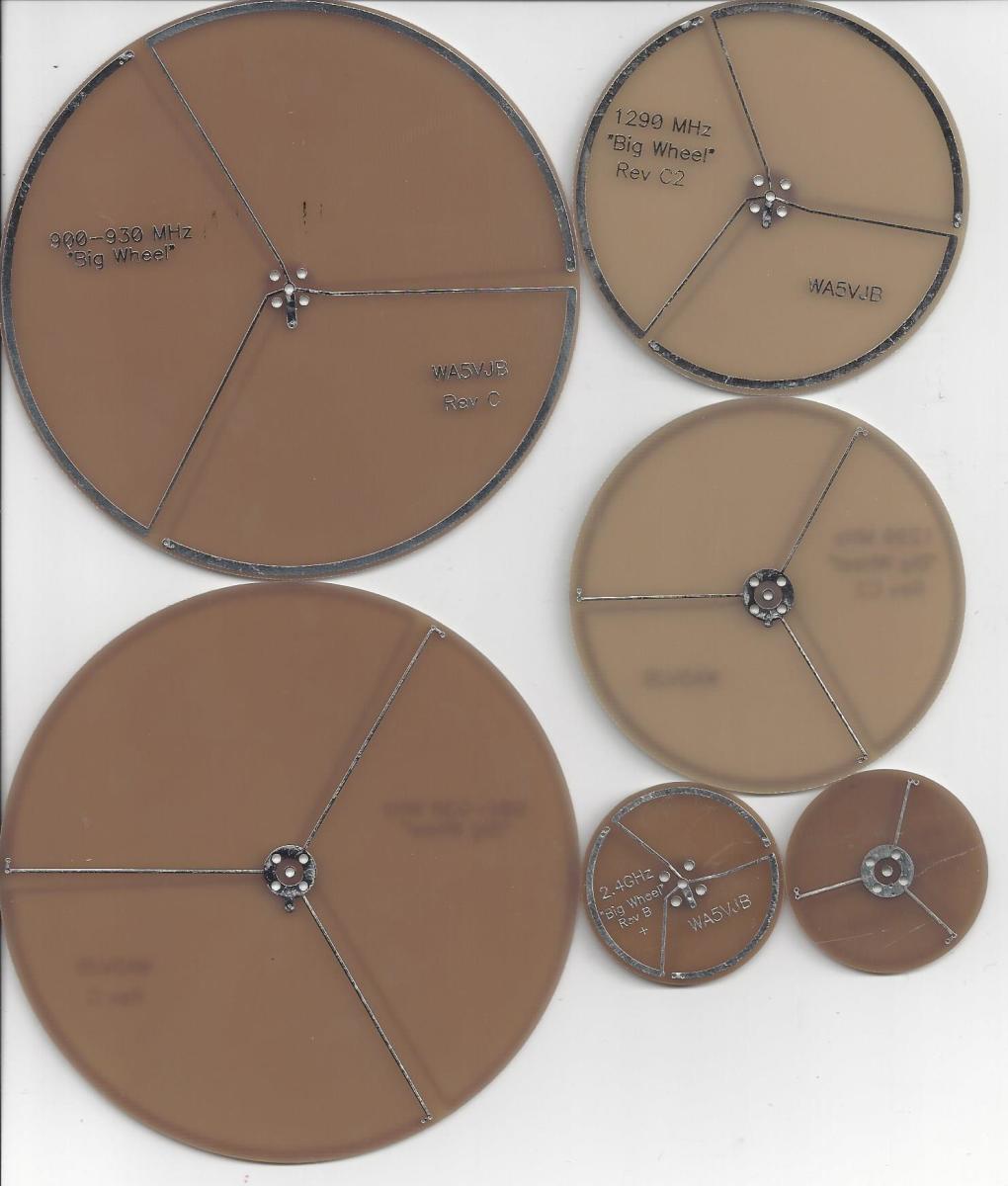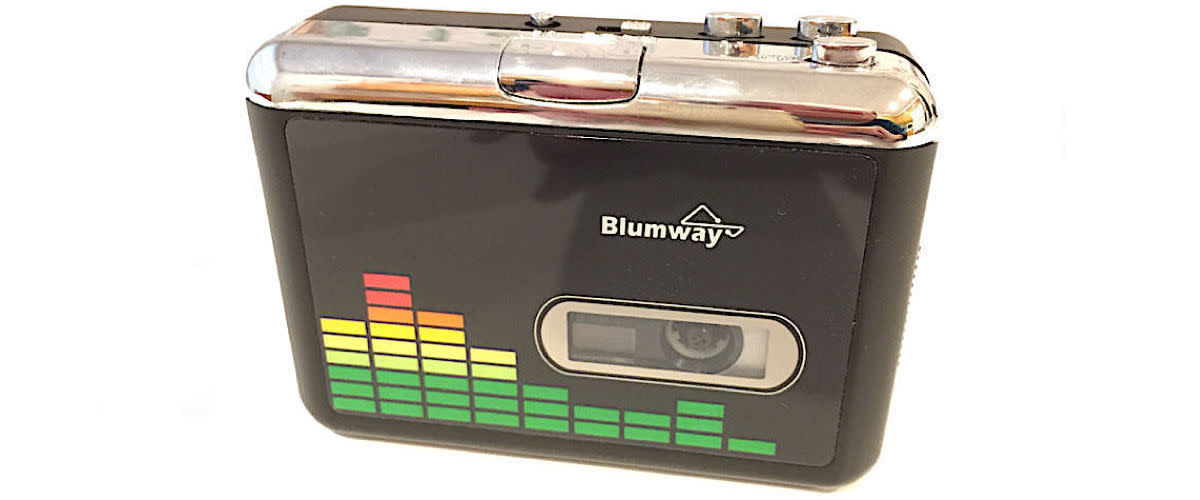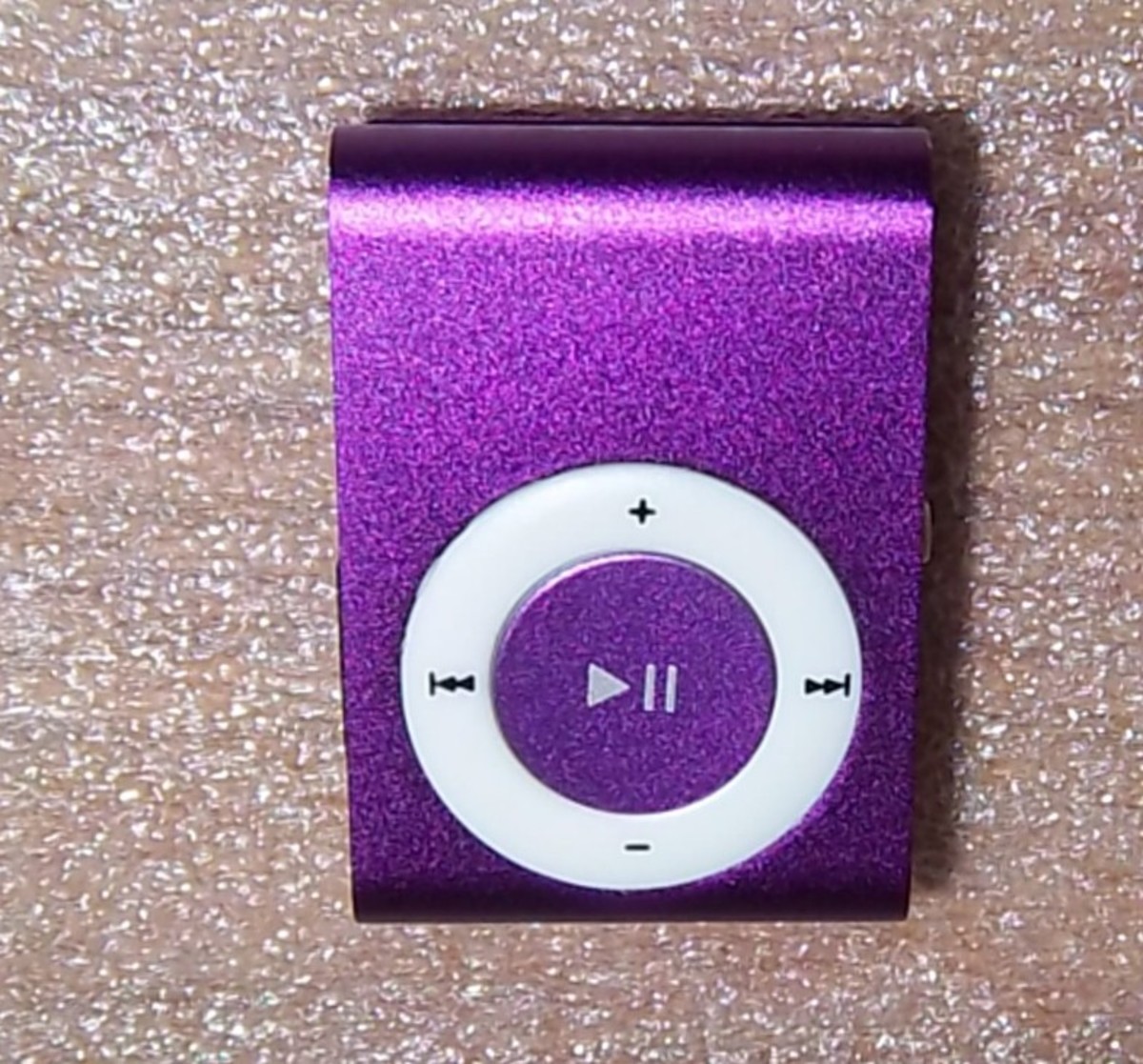Book Review: 'Building Your Own Drones'
Introduction
“Building Your Own Drones” by John Baichtal, subtitled “a beginner’s guide to drones, UAVs and ROVs”, was published in 2016. What are the strengths and weaknesses on this book on drones? What is the intended audience and who would benefit from reading it?

The Strengths of This Drone Book
The book starts at the beginning with a short history of drones and jumps into reviews of various DIY drone kits and commercial off the shelf drones you can buy and use almost immediately. It goes beyond other drone books by giving information on remote controlled trikes and blimps. However, unless you’re buying a drone off the shelf and already have a basic understanding of various components, it isn’t for complete beginners.
If you want to upgrade an existing drone or build your own, “Building Your Own Drones” gives the pros and cons of different types of drone motors and battery types. You’re given information on buying or building a frame if you want to attach everything else to it while building your own custom drone.
You learn about various methods of water proofing your electronics. And unlike many books on drones, you can take these skills to the water with the soda bottle boat project.
If you want to do something other than fly the drone, follow the instructions in this book to build a rover using Arduino hardware.
The author is aware of how many people are eager to work with drones and RC robots and directs people to free resources like Thingiverse where you can find free 3D printable designs the author has already tested. The book does discuss higher end components like the roughly thousand dollar Hoverfly PRO flight controller.
You’re taught how to program an Electronic Speed Controller (ESC) and other components, as well as recommendations on the best ESCs on the market for drone applications. It also gives recommendations on the best software to use for controlling your quadcopter.
It gives step by step instructions for assembling items like adding landing gear or parachutes to your drone. Instead of just describing it, you’re given step by step instructions with pictures on how to assemble various components. There is significant information on how to attach FPV cameras to your drone or quadcopter. This is one of the few books I’ve seen spend significant time discussing how to properly connect electrical wiring, not just the FPV camera to a memory card or controller.
For the ultimate drone do it yourselfer, the book dedicates a chapter to assembling everything you need for a “drone builder’s workbench”. The tools for each task are described together, in case you’re only looking for a list of what you need for assembling stock hardware versus shaping metal frames.
The Weaknesses of This Drone Book
This book focuses on the Arduino open source hardware. It has far less information for other types of devices.
The book doesn’t give you information on upgrading the antennas in your drone and doesn’t discuss the benefits of different wheel antennas at improving drone range or streaming video.

Observations
This book is intended for people who already have the skills to control a basic drone and ability to alter the hardware on their own. The majority of the book is devoted to projects with drones, such as the chapter on building a quadcopter or making a rover. Thus the book is beyond the basic Dummies and Idiots guides on what drones are and how to control them.
Summary
If you have graduated from beginner drone operator to modifying off the shelf drones or building one from a drone kit, “Building Your Own Drones” is an excellent resource. It is one of the few drone books that provides instructions for building remote controlled boats and rovers from standard drone components.








